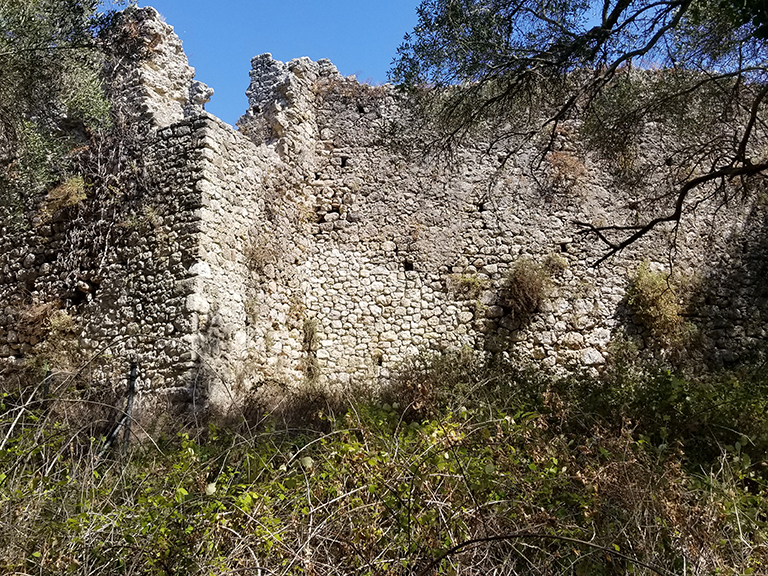
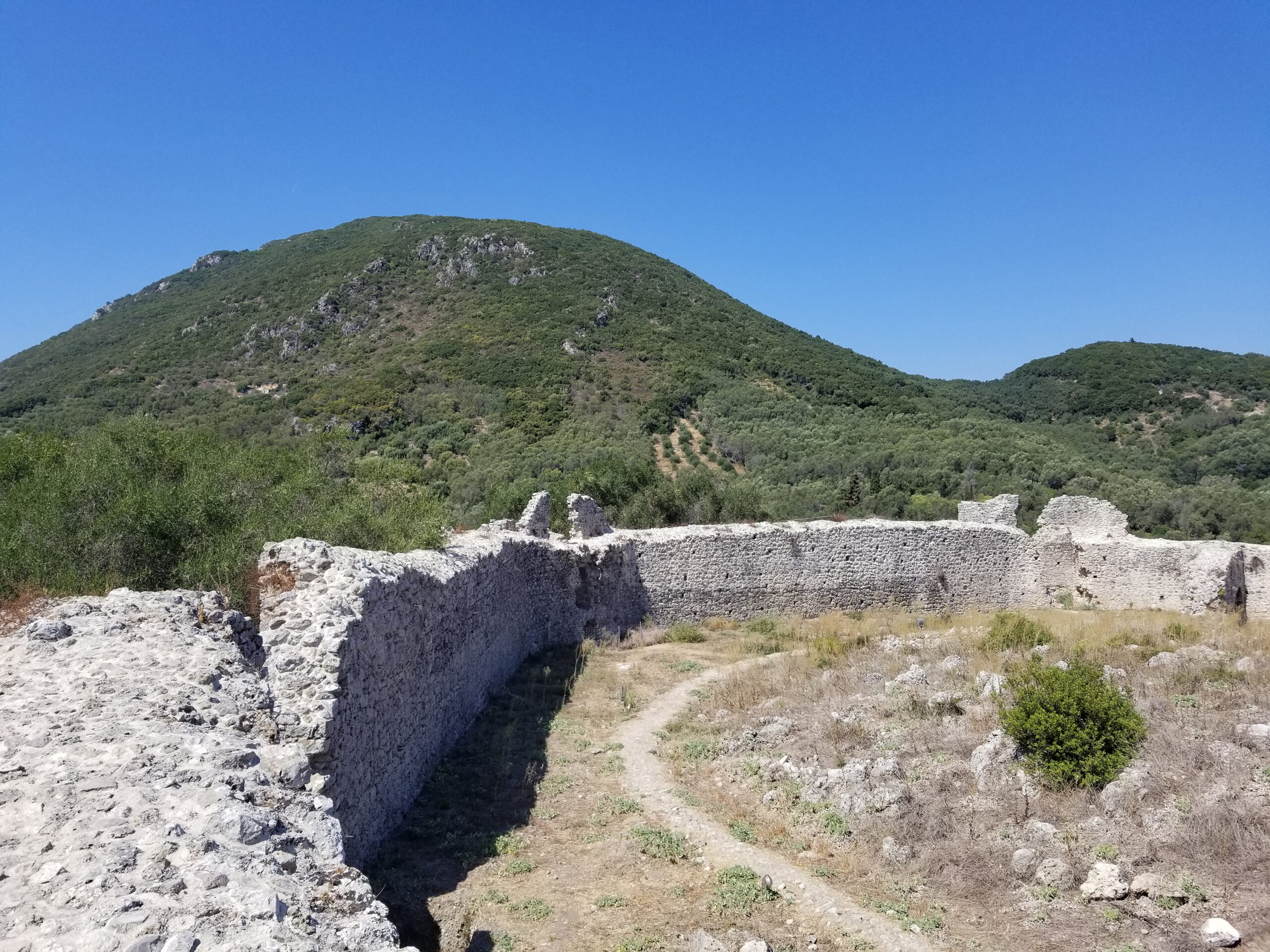

In the central part of the island is the medieval fortress of Gardiki. On the island next to Gardiki, the remains of two more Byzantine fortresses, Angelkastro and Cassiopi, and the Venetian fortress in the city of Corfu have been preserved. Gardiki, Anglekastro and Cassiopi represent the defensive triangle on the island. Gardiki was built during the period of existence of the so-called Epirus despotate ( rule ) in XIII, which was created after the crusade conquest of Constantinople in 1204. When the Crusaders conquered Constantinople, they formed their Latin Empire, while the Byzantine families founded several states, the Nicaean Empire (the legitimate successor of the Byzantine Empire), the Trebizond Empire, and the Despotate of Epirus.
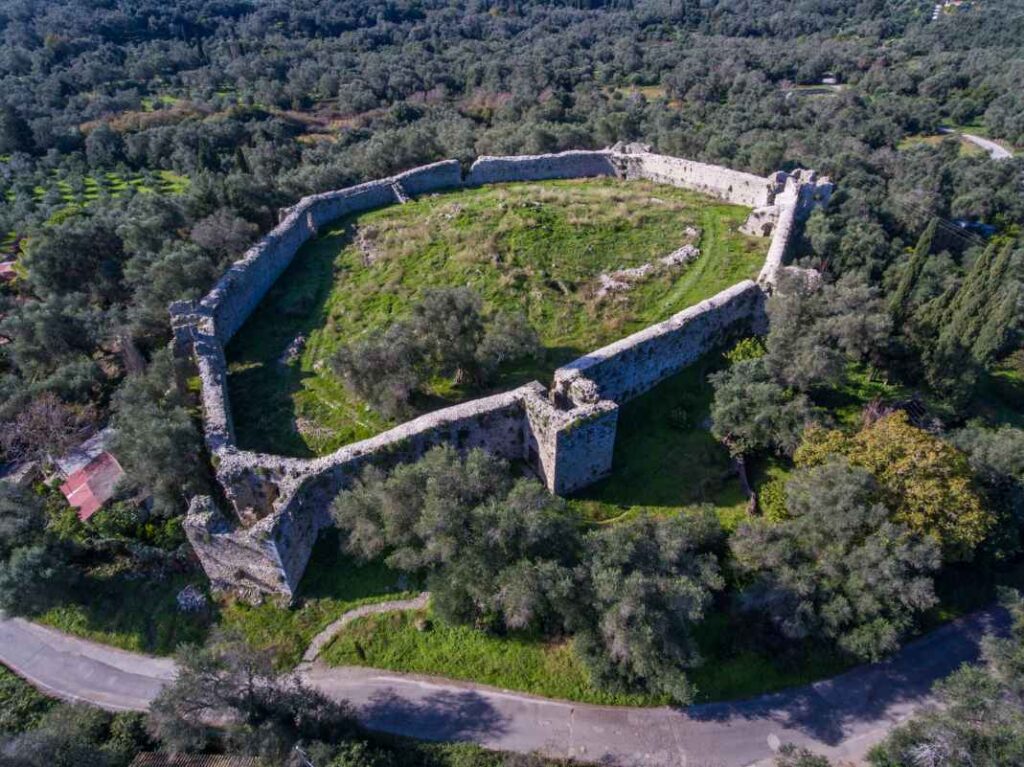
The fortress has an unusual octagonal shape. Eight rectangular towers were built between the eight defensive walls, so that the walls and towers form an octagon. Photo taken from netcastle-webgis.eu website.

The most preserved part of the fortress is the tower at the entrance. The fortress was built with the intention of protecting Corfu from attacks by Saracen pirates and regular armies from the south of Italy and Sicily. Looking west, Corfu is the gateway to mainland Greece. The Normans under the leadership of Robert Guiscard took Bari from the Byzantines in 1071, thus expelling them from Italian soil. Robert Guiscard captured Corfu in 1080, but the Byzantines managed to recapture it in 1149. In 1185, the Normans attacked Byzantium on Balkan soil and captured Durres, Thessaloniki, Corfu, Keflaonia and Zakynthos. Then the Byzantines recaptured Corfu, so that various armies took turns on the island over the centuries. Corfu was held by the Byzantines and Epirus despots, and then by the Neapolitan kings, who belonged to various dynasties – the Normans, the Hohenstaufens and the Angevins. For a short time, the island was attacked and conquered by the Genoese, under the command of the pirate, and later the admiral Leone Vetrano, until it was finally captured by the Venetians in 1386 and ruled by them for several centuries.
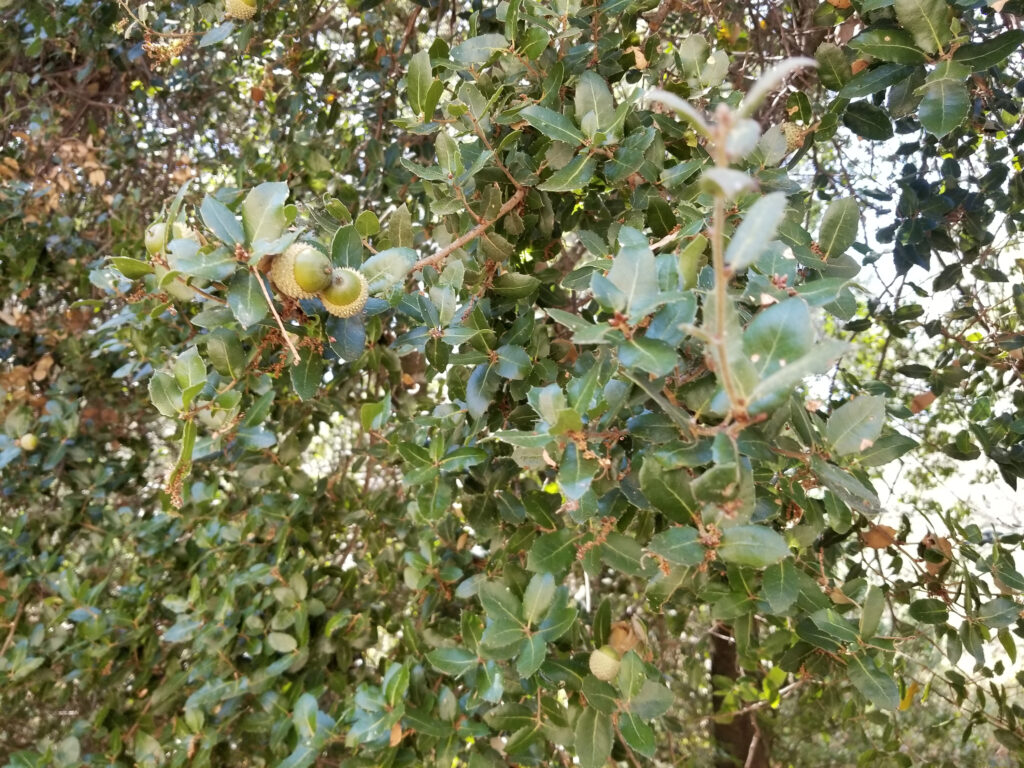
In the castle and in general on Corfu and and throughout the Mediterranean, one can see an unusual oak of low growth, with needle-like leaves. It is Quercus Coccifera.
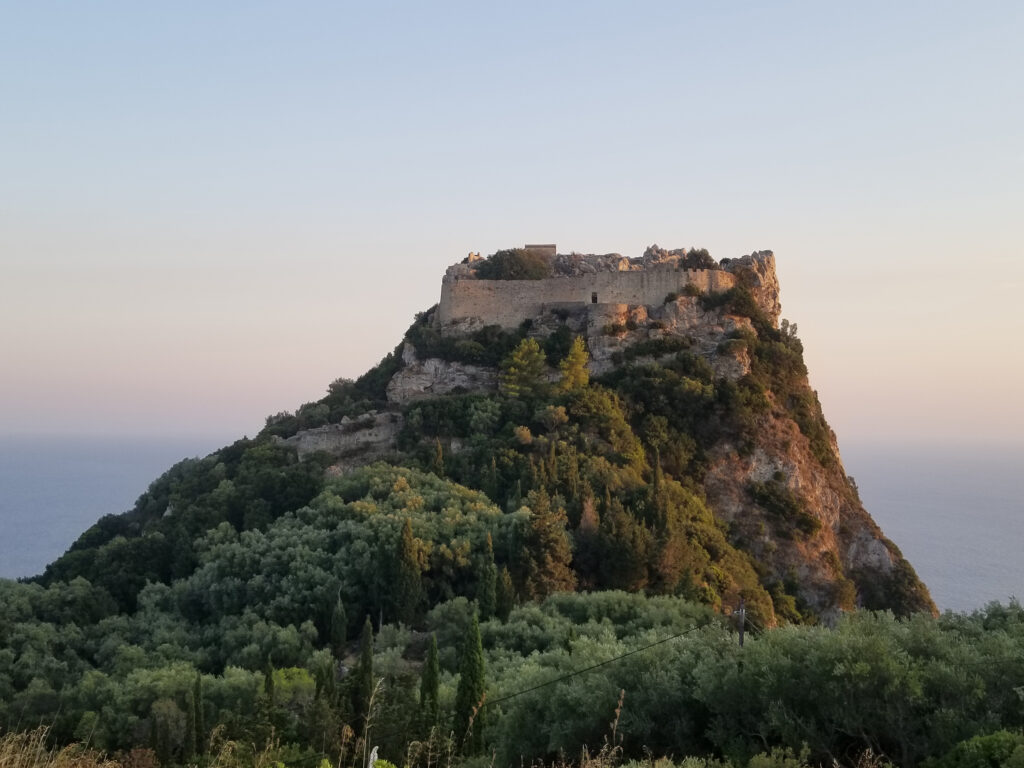
Not far from Paleokastritsa is the most famous medieval fortress on Corfu – Angelkastro. This fortress was created, like the Gardiki fortress, during the period of the Epirus despotism, a state that was created on the territory of continental Greece, after the Crusaders captured Constantinople in 1204. The fortress was probably named after the Angels, the dynasty that ruled the Epirus despotism.
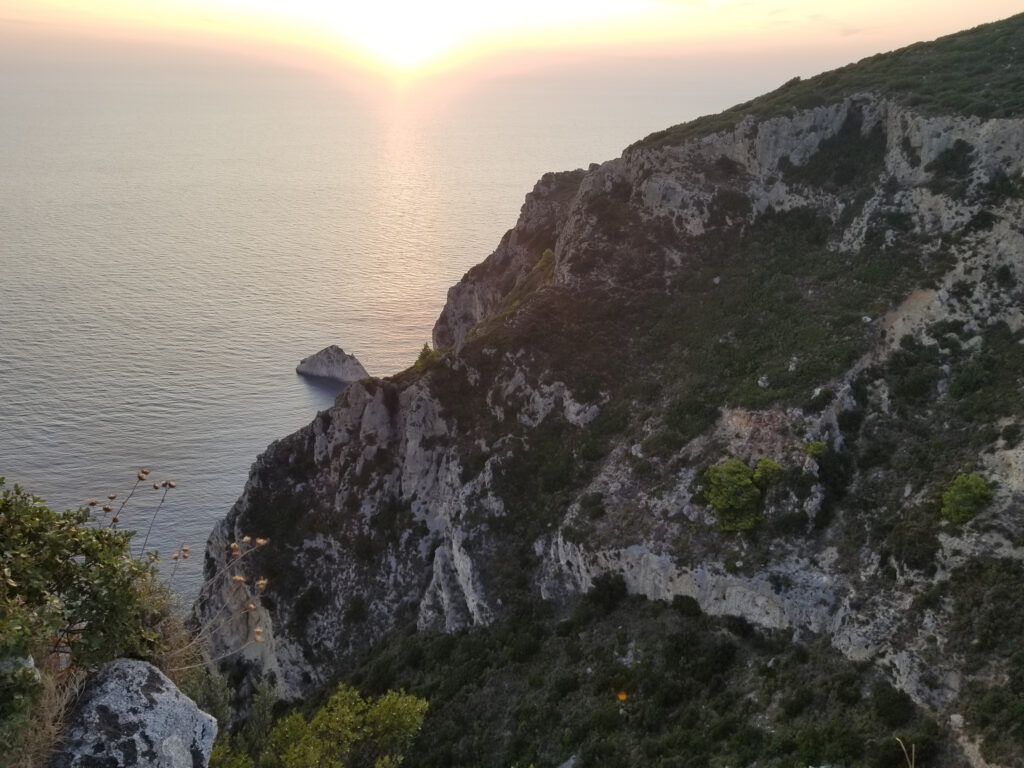
An interesting fact is that the fortress, which is built on steep cliffs from all sides, was never conquered, but was handed over to the conquerors. It is recorded that in 1259, the Epirus despot Michael II gave Corfu as his daughter’s dowry to the Sicilian king Manfred, who married her. When the Venetians occupied Corfu in the 14th century, the fortress was for a time the center of the Venetian governors, until it was moved to the newly built fortress in the town of Korkyra. The Turks unsuccessfully besieged Corfu three times in 1537, 1571 and 1716, but the fortresses in Angelkastro and the town of Korkyra withstood the attacks and remained the only unconquered points on the island. Because of the successful defenses of these two fortresses, the Turks never managed to conquer the island of Corfu, but returned to mainland Greece with loot and prisoners. Corfu was the last dam of Christian Europe in the Mediterranean and the Turks never managed to reach beyond Corfu. On the other hand, Corfu was attacked by other enemies of Venice, such as the Kingdom of Aragon. For the Venetians, Corfu was the most important strategic point, which they used to defend the access of foreign ships to the Adriatic and to Venice itself. But Venice did not fall because of an invasion from the sea, but from the land, when Napoleon came with his army behind Venice. Then he captured Venice, and he also got Corfu and other islands in the Ionian Sea. Also due to its strategic position, the fortress served as a lookout point. She monitored all the ships approaching Korkyra and informed the Corfu fortress about the arrival of ships.
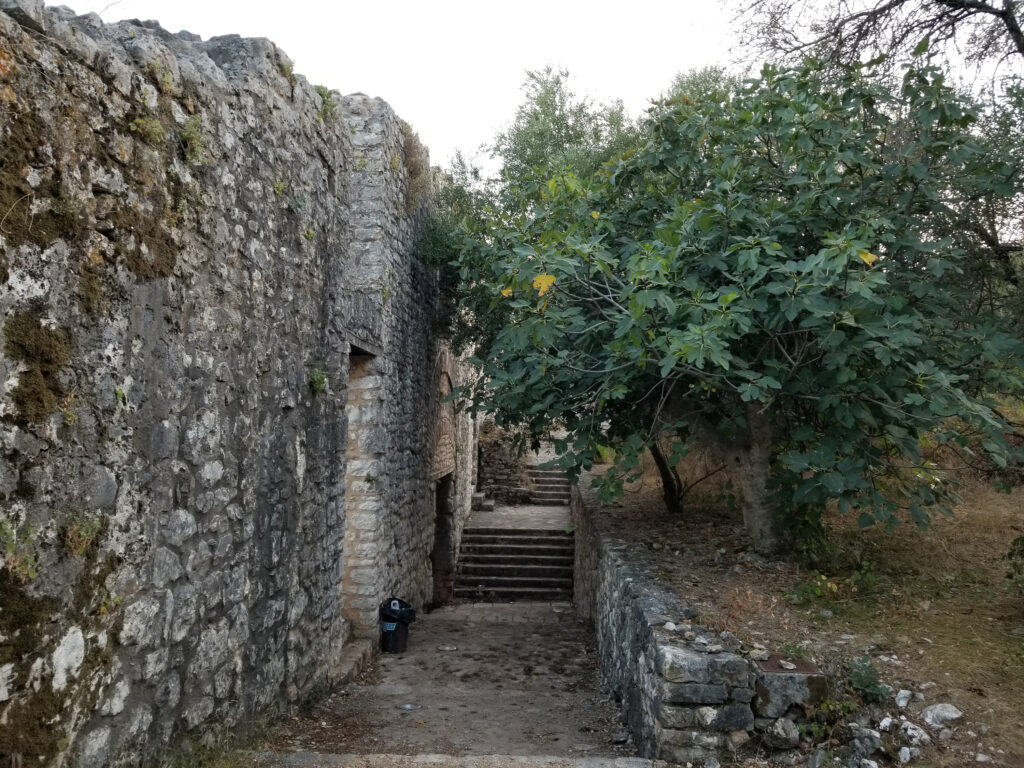
The remains of today’s fortress in Kassiopi come from the Byzantine and Venetian periods. There is information that the fortress existed in the Hellenistic period, when the Epirus king Pyrrhus built a fortress here in the 3rd century BC. Previously, Pyrrhus received Corfu as a dowry, when he married Lanasa, the daughter of the lord of the city of Syracuse in Sicily. However, Lanasa was jealous, because Pirrhus was already married to two women. Unable to bear the jealousy any longer, she left Pyrrhus and retreated to the island, after which she offered her hand to Pyrrhus’s rival, the Macedonian king. By the way, King Pyrrhus started his famous campaign against the Romans in Italy, together with his soldiers and elephants, from Kassiopi. Later, when Rome set out to conquer Greece, the base for conquest was Corfu. Before the decisive battle of Actium against Mark Antony, Octavian gathered his fleet here. After that victory, Octavian became the absolute master of Rome and established an empire.

The city of Kassiopi was often mentioned by ancient writers, primarily Roman. Thus, in the writings we find information that Emperor Tiberius had his summer house here, and that Cassiopeia was visited by the mad emperor Nero, where he performed charades and songs near the temple of Zeus of Cassiopeia. In ancient times, there was a temple of Zeus Kassiopi on the site of today’s church. Cato and Cicero also passed through the city.
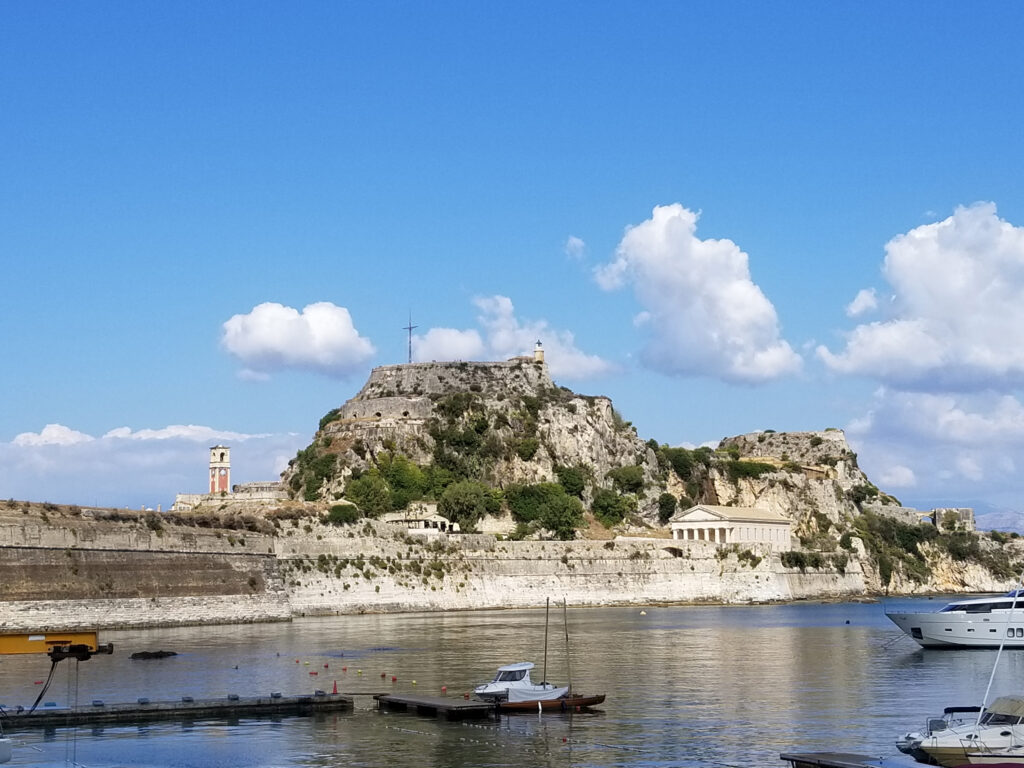
During the great turmoil during the migration of the people, Corfu was ravaged first by the Vandals in 455, and then by the Goths in 541, as a result of which the ancient city of Paleopolis was abandoned. A medieval settlement emerged a few kilometers north of Palaiopolis. In the new place, the Byzantines originally built a fortress, which the Venetians later added and made of it the famous Old Fortress. After the Turks besieged the fortress in 1537, the Venetians carried out fortification works to strengthen the fortress even more, under the direction of the Venetian architect Michele Sanmicheli. What we see today from the fortress are construction works from that period.

The most important intervention was the construction of an artificial canal, which turned the fortress into an island.
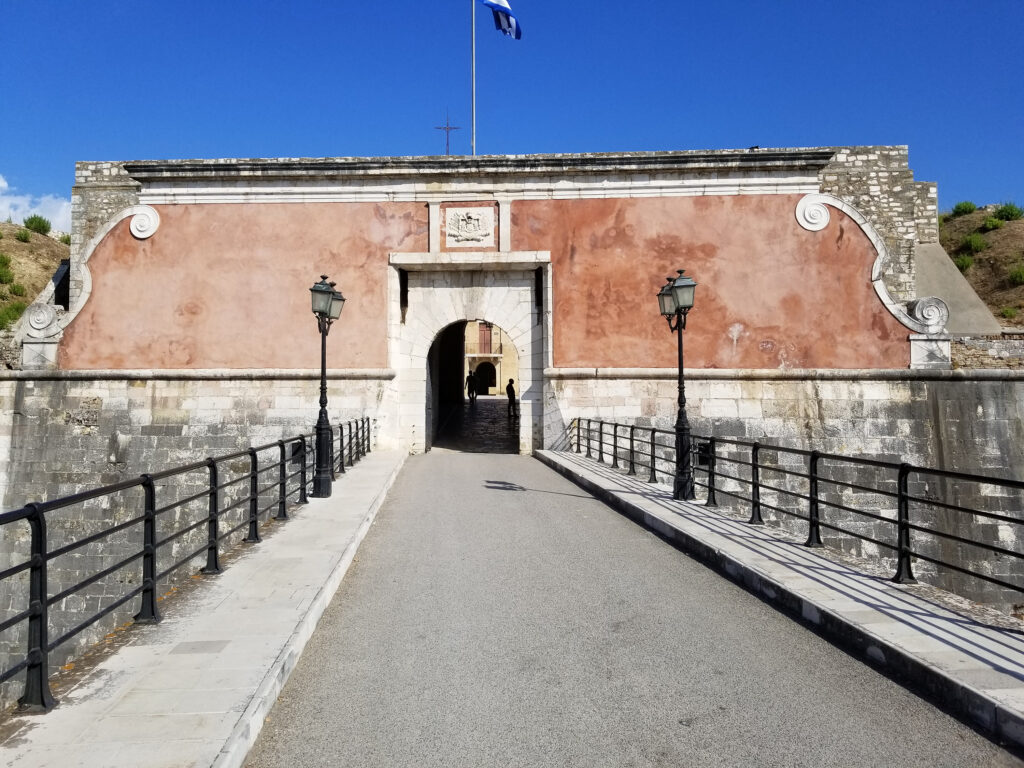
The fortress is entered through the gate, in front of which there is a drawbridge.
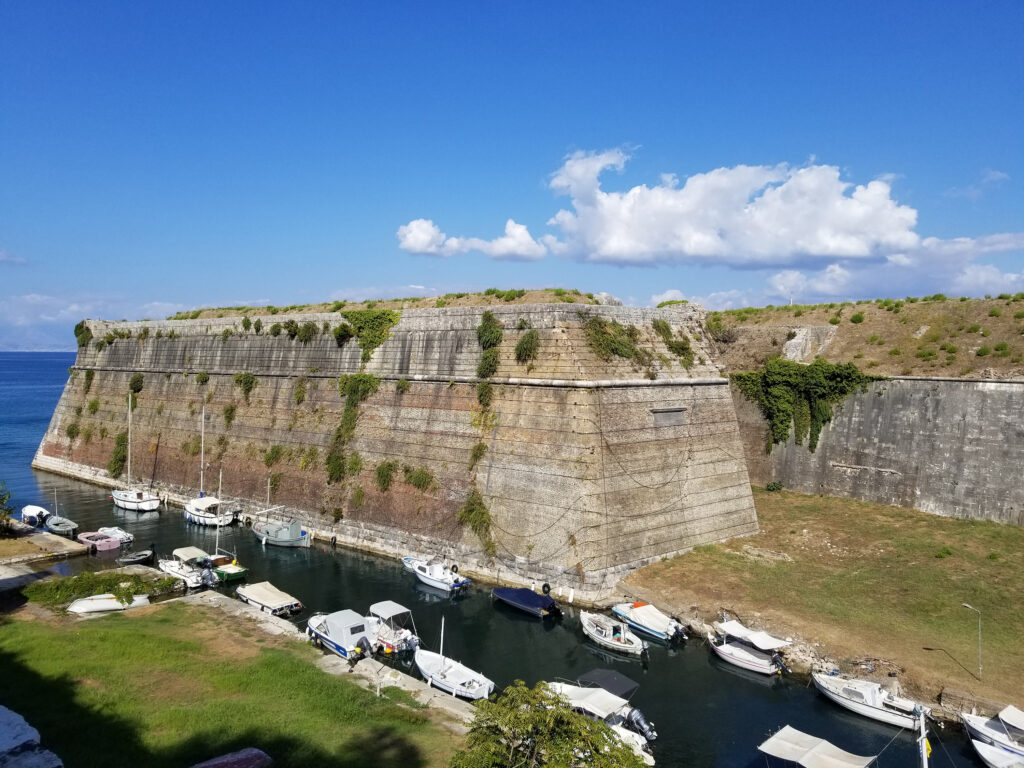
Two pentagonal bastions were built above the canal, to the left and right of the gate.

Later, by the end of the 16th century, the Mandraki bastion facing the sea was added.

The fortress resisted Turkish sieges two more times. An epic battle took place here in 1716, when 30,000 Turkish soldiers tried for 22 days to conquer the fortress, which was defended by only 5,000 Venetians. In commemoration of the victory over the Turks, composer Antonio Vivaldi composed Juditha Triumphans.
Check other Corfu’s Wonders Corfu Beaches, Corfu Town, Myths and Legends, The Achilleion Palace and Mount Pantokrator.
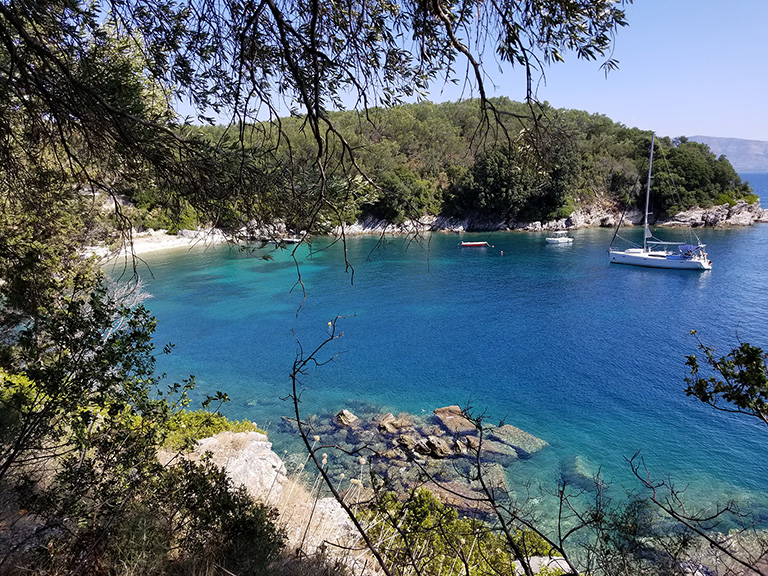
Corfu is popular tourist destination since 19th century. Discover Cape Drastis that was admired by Lord Byron or White House whi
Read More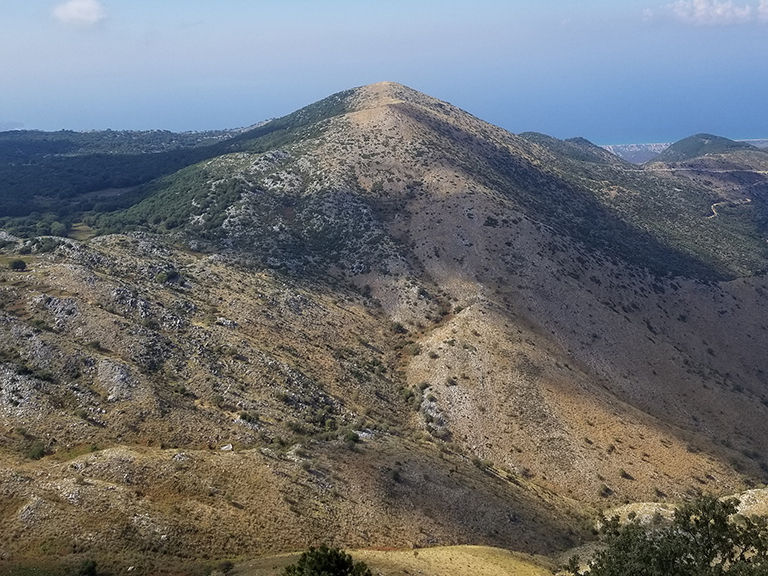
Corfu was the island on which many ancient Greek myths and legend took place. According to the Greek mythology first inhabitants
Read More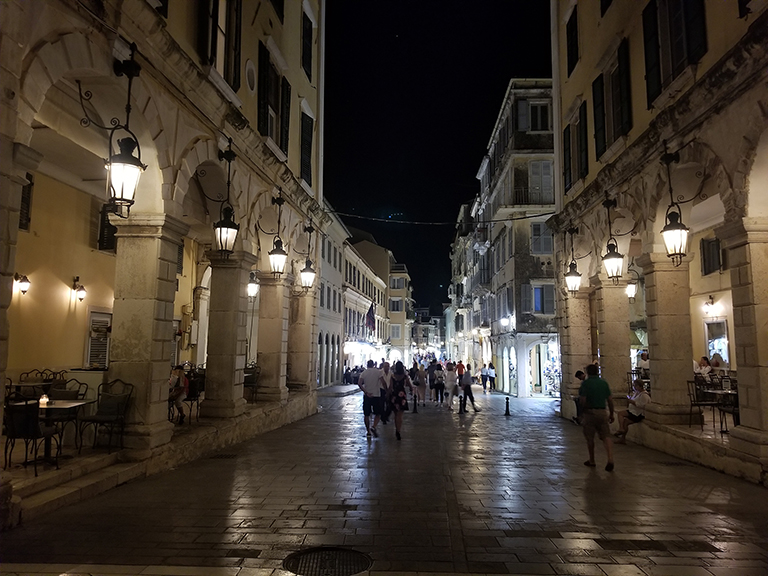
Charming and Romantic Town of Corfu has strong cultural and architectural influence of the Venetians. You can admire ancient Pal
Read More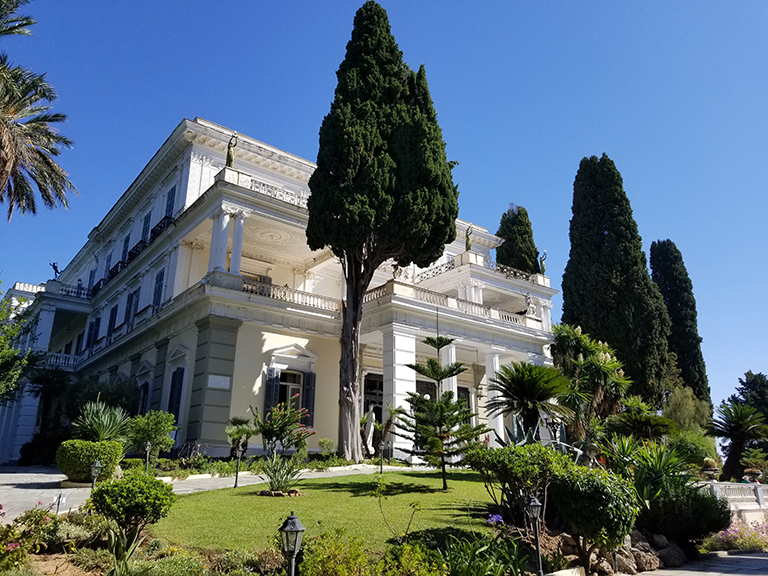
Achilleion is located at a village of Gasturi, ten kilometres south of the city of Corfu. Built on the top of the hill it prov
Read More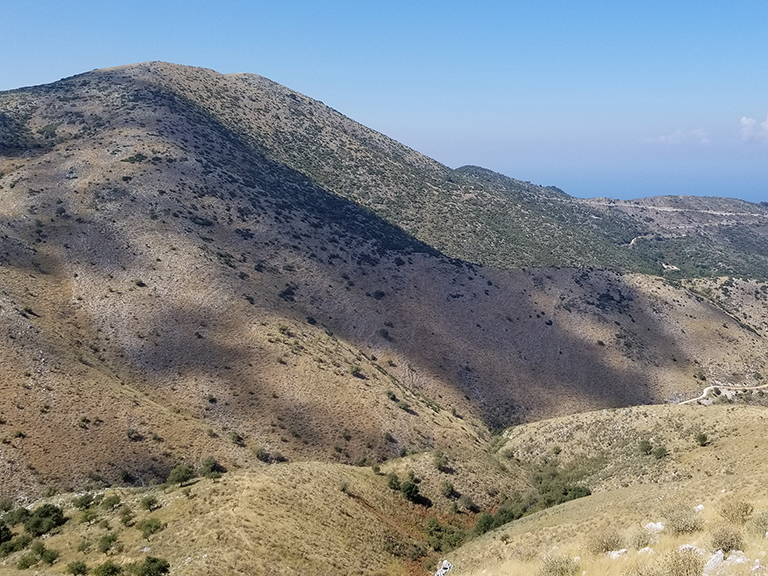
Mount Pantokrator with height 906 metres (2,972 ft) is the highest mountain on the Corfu island. From the summit you can see ent
Read More